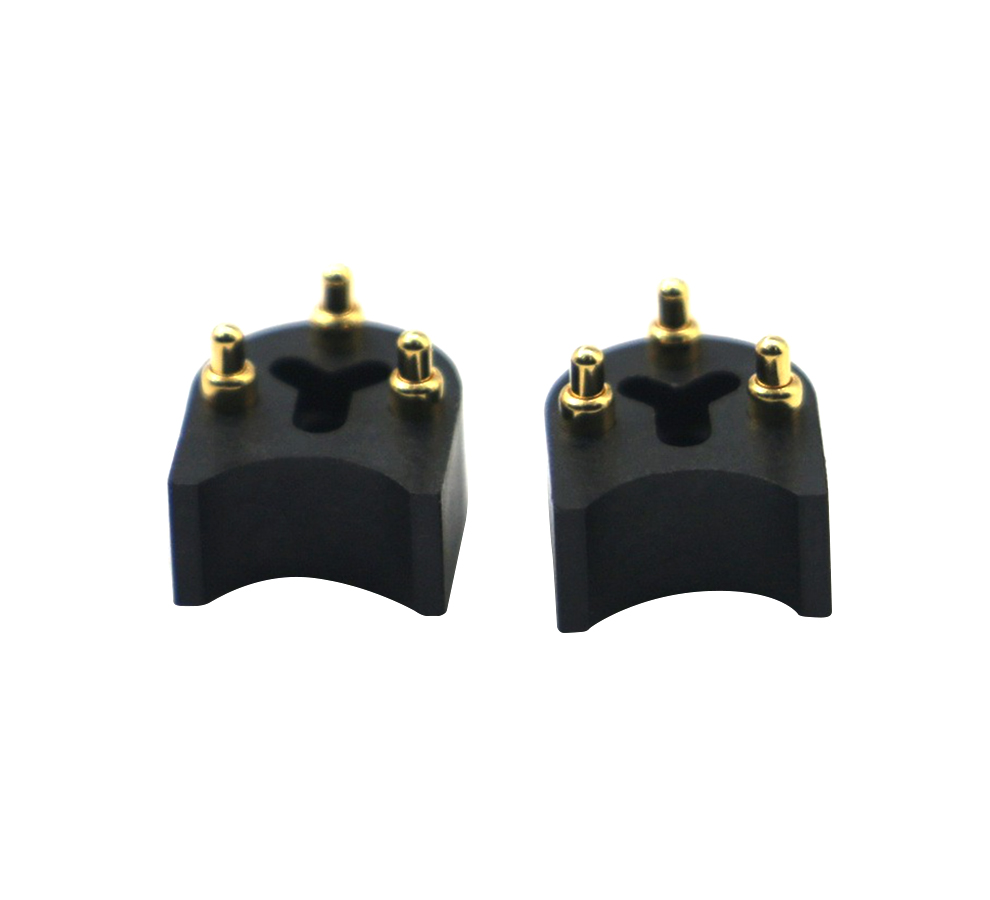Time:2025-06-20 Views:1 source:News

Drawing processing for pogopin is a manufacturing technique that focuses on shaping metal materials through the process of stretching and reducing the diameter of the metal rod or wire to form the desired pogopin structure. This method is particularly suitable for producing pogopin with specific requirements for dimensional accuracy and mechanical properties.
The process starts with a metal rod or wire of appropriate material, such as copper - alloy or nickel - plated steel, which is fed into a drawing machine. The drawing machine uses a series of dies with gradually decreasing diameters to pull the metal through, reducing its cross - sectional area and increasing its length. As the metal is drawn, its internal structure becomes more refined, resulting in improved mechanical strength and surface finish. For pogopin, this process can create a smooth and consistent outer surface, which is essential for reducing electrical contact resistance and ensuring reliable signal transmission.
During the drawing process, careful control of parameters such as drawing speed, reduction ratio, and lubrication is crucial. A proper drawing speed ensures that the metal is deformed gradually and uniformly, preventing cracks or fractures. The reduction ratio determines the final diameter and shape of the pogopin. Lubrication is used to minimize friction between the metal and the die, reducing wear on the die and improving the surface quality of the drawn pogopin. Compared to stamping, drawing processing can produce pogopin with higher aspect ratios, meaning longer and thinner components. This is advantageous for applications where space is limited, such as in miniaturized electronic devices. However, the drawing process may be relatively slower than stamping for mass production, and it requires more complex equipment and skilled operators. Quality control in drawing - processed pogopin includes testing the tensile strength, hardness, and dimensional accuracy. Non - destructive testing methods, such as eddy - current testing, can also be used to detect any internal defects or inhomogeneities in the drawn metal.
Read recommendations:
Magnetic connector manufacturer
Bulk customization of Pogo Pin connectors
Advantages of Single-Pin Spring Pogo Pins in Medical Devices